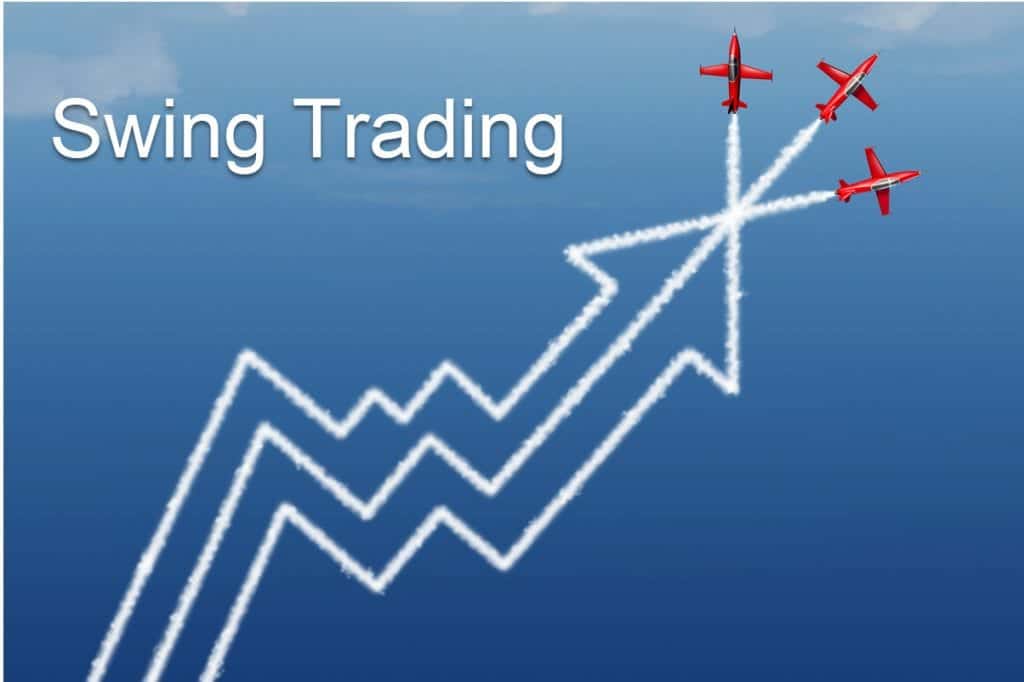
Pattern Recognition: Swing Target Trading
Today I’ll introduce you to my version of Swing Trading or Swing Target Trading which defines the risk/reward prior to the trade being implemented and is based more on momentum than trend following.
Pattern: Swing Target Trading
A swing is simply a move from a high point (HP) to a low point (LP) or from a low point (LP) to a high point (HP) and will take anywhere from 2 to 15 days to develop.
Equity traders must ensure that a strong trend or thrust is underway. This system will fail if traded in a market with no momentum.
The Setup
The setup for this trade is a retracement (R) of at least 30% of a prior swing. The retracement can take several days, but it MUST be at least 30% of the prior swing.
Therefore in an uptrend we look for a retracement, or down swing, of at least 30% of the prior up move (LP to HP).
In a downtrend we look for a retracement or a swing up of at least 30% of the prior move down (HP to LP).
The Entry
Once the market has swung beyond the 30% retracement point we look for a counter swing back in the direction of the overall trend.
In an uptrend, the retracement to (R) will be a down move where (R) will be the lowest point. The bar that makes (R) is the setup bar and is also the trigger bar to enter long. Place a buy stop 1 cent above the high of bar (R) to enter long if the market swings back in the direction of the trend the next day. Remember we will know our entry point before the start of trading.
In a downtrend, the retracement to (R) will be on an up move where (R) will be the highest point. The bar that makes (R) is the setup bar and is also the trigger bar to enter short. Place a sell stop 1 cent below the low of bar (R) to enter short if the market swings back in the direction of the trend the next day.
More information on Swing Trading including, where to place stops and how to manage the trades is available in Building a Profitable Trading Plan Using Technical Analysis course. This is provided to members of The Chartist within the Education.
In our next article we’ll look at Springs.


